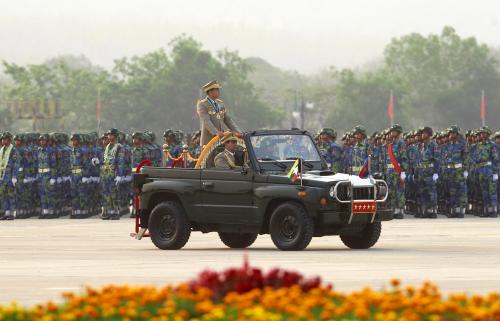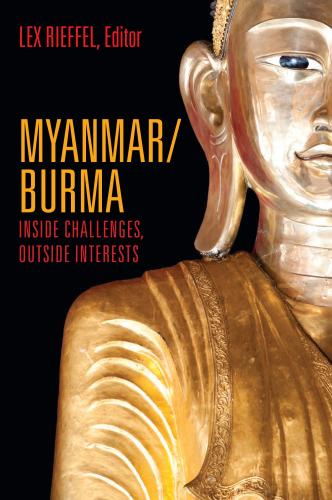The transition in Myanmar that began two years ago — from a military to a quasi-civilian government — is the largest and most encouraging turnaround in the developing world in years.
Much credit goes to President Thein Sein and opposition leader Aung San Suu Kyi for deciding to collaborate in seeking to overcome three huge obstacles to progress in this impoverished and tragedy-prone country: ending the civil war that has been waged since independence, providing a policy and institutional framework that will enable the standard of living to rise rapidly, and exploiting the country’s abundant natural resources in a manner that benefits the whole population.
Responding to the unanticipated and remarkable changes taking place, the World Bank, USAID, and more than 100 other official aid agencies and international non-governmental organizations (NGOs) have flocked to Myanmar to help make the transition a success.
The rush of aid donors to Myanmar is not entirely positive. In the past twenty years, other countries have been “smothered by love.” So far, Myanmar’s aid donors have acknowledged these problems in the past and have committed themselves to adhere to the principles laid out in 2005 in the Paris Declaration on Aid Effectiveness, as well as the updates in Accra (2008) and Busan (2011).
The Myanmar government has also taken note of the problems elsewhere. At an all-donor meeting in January 2013, it got the donors to agree to a set of ground rules to enhance aid effectiveness.
Despite tho se encouraging steps, the makeup of the aid community is likely to produce behavior inconsistent with the Paris principles — thus further complicating Myanmar’s effort to escape its legacy of conflict and stagnation. Donor assistance to Myanmar can do more harm than good in at least four ways:
- Senior government officials spend many hours every day meeting with delegations from donor countries, not just their aid agencies but also their parliaments, corporations, international NGOs, media, etc. This stream of visitors is diverting key officials in Myanmar from crucial work on policy formulation and implementation.
- Each donor mission is under pressure to “make a difference,” to show its headquarters that it can bring about major improvements that will justify continued funding. USAID is no exception. It has signaled its intention to allocate millions of dollars for its own agriculture sector projects. By contrast, USAID has only committed $600,000 to the multi-donor LIFT Fund, which is a much less burdensome way of delivering aid.
- Pressure to accelerate disbursement of project funds is ever-present, making success in this administrative function a major factor in staff promotions. Consequently, building capacity in host-country institutions usually takes a back seat to “moving the money.”
- Competition among donors leads to a pattern of non-transparency as each donor seeks to position itself favorably particular sectors or regions. The pattern is reinforced by host country ministries that engage in “donor shopping” to get the most money for the least change.
In our assessment of foreign aid to Myanmar, we have pointed to three steps donors can take to make their aid more effective:
- Slow down and do more joint operations. To ensure that senior officials are not overwhelmed by visitors, some host countries have adopted formal limits on the number of aid delegations they will receive. It would be better for Myanmar’s donors to act first to control the flow, including an effort to undertake more joint operations. It would be reasonable for donors to commit at least 30 percent of their funding to these types of operations.
- Provide scholarships for foreign study. It will take years for Myanmar to raise the standard of education in its universities to the Association of Southeast Asian Nations (ASEAN) norm, let alone to the prominence it had in Asia when it gained its independence in 1948. To build the expertise Myanmar requires in the short term to meet its development objectives, the only solution is education abroad on a massive scale. One advantage of allocating aid resources to scholarships is that it has the least potential for doing harm.
- Be more innovative. A number of techniques for making aid more effective have been proposed since the Paris Declaration was adopted. One of these is “cash on delivery aid.” This technique has the advantage of reinforcing good management within government ministries, minimizing the administrative burden of aid, and ensuring that every dollar of aid goes to support successful projects. None of Myanmar’s donors appear to be using approaches of this kind.









Commentary
Op-edAre Aid Donors Repeating Mistakes in Myanmar?
March 16, 2013